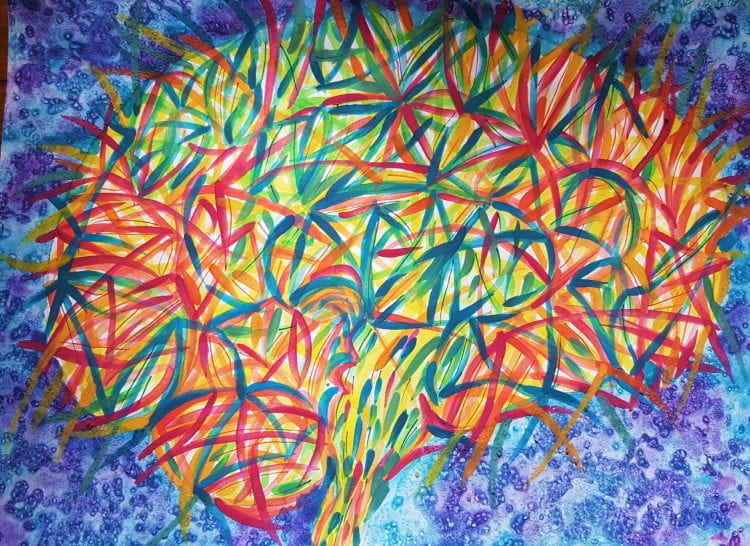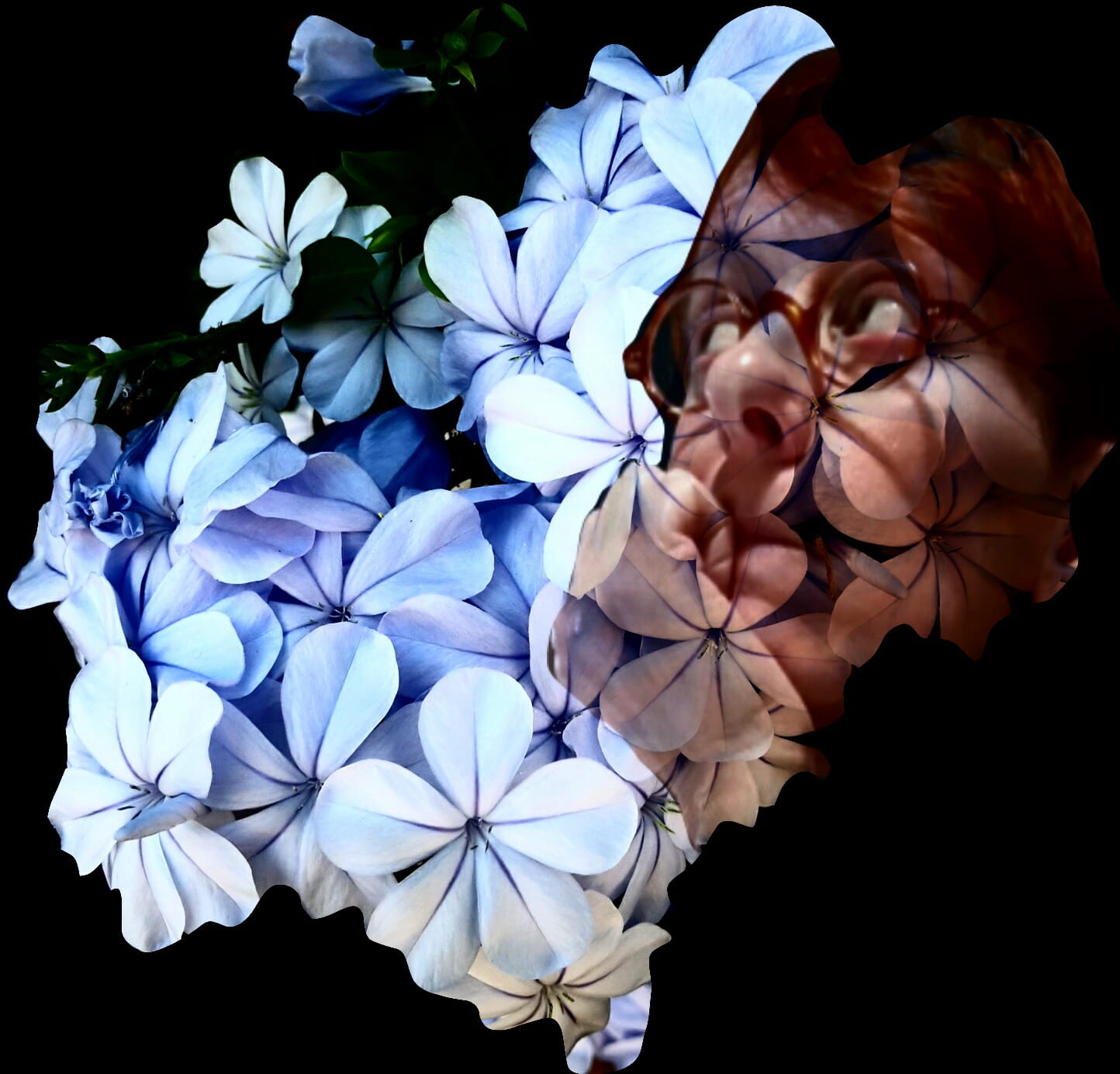 By Holly BF Warren (Atelierista and creator of the Think Tank)
By Holly BF Warren (Atelierista and creator of the Think Tank)
Humans seek order and pattern. At first they collect information from their surroundings and, as this is processed, it starts creating paths of knowledge. Along these paths they sow seeds of associations that reach out when an opportunity is at hand. They then shake hands and friendships are made. Some of these associations become strong ties, while others need to be consolidated or left to wander.

The mind wanders and wonders all the time or at least until a troupe of instructions appear at the horizon. It is a multicoloured gathering of concepts that is very well outlined by adults, who, as humans that have been around a fair bit, have made long shopping lists for life recipes. Some recipes are delicious, and taste of joy and harmony, while others have the bitter taste of obligations and punishment. However, in between, there are potions for balance, happiness, creativity, boredom and excitement, love, learning, punishment, reward, restrictions, respect, and empathy.
What are instructions?
A tidy bedroom? A clean kitchen? A game? A pattern? An orderly mind?
Or the boundaries in which we need to operate?
A mental paddock? A playground or a funfair? Barbwire?
The word “instruction” derives from Latin instructionem, an array, arrangement (Online Etymology Dictionary, 2021). Instructions are arrangements that are read and put into practice for a specific reason. Could this reason be our need for pattern and order, or are they steppingstones to wisdom?
Durham, Lee and Persky (2021) describe instructions as “behaviour that is controlled by a socially mediated consequence.”
The word consequence rings a bell in my possibly creative mind. As we know there is a dichotomy of good and bad, beauty and ugliness, creation and destruction and instructions are stretched to the limits for all the above.
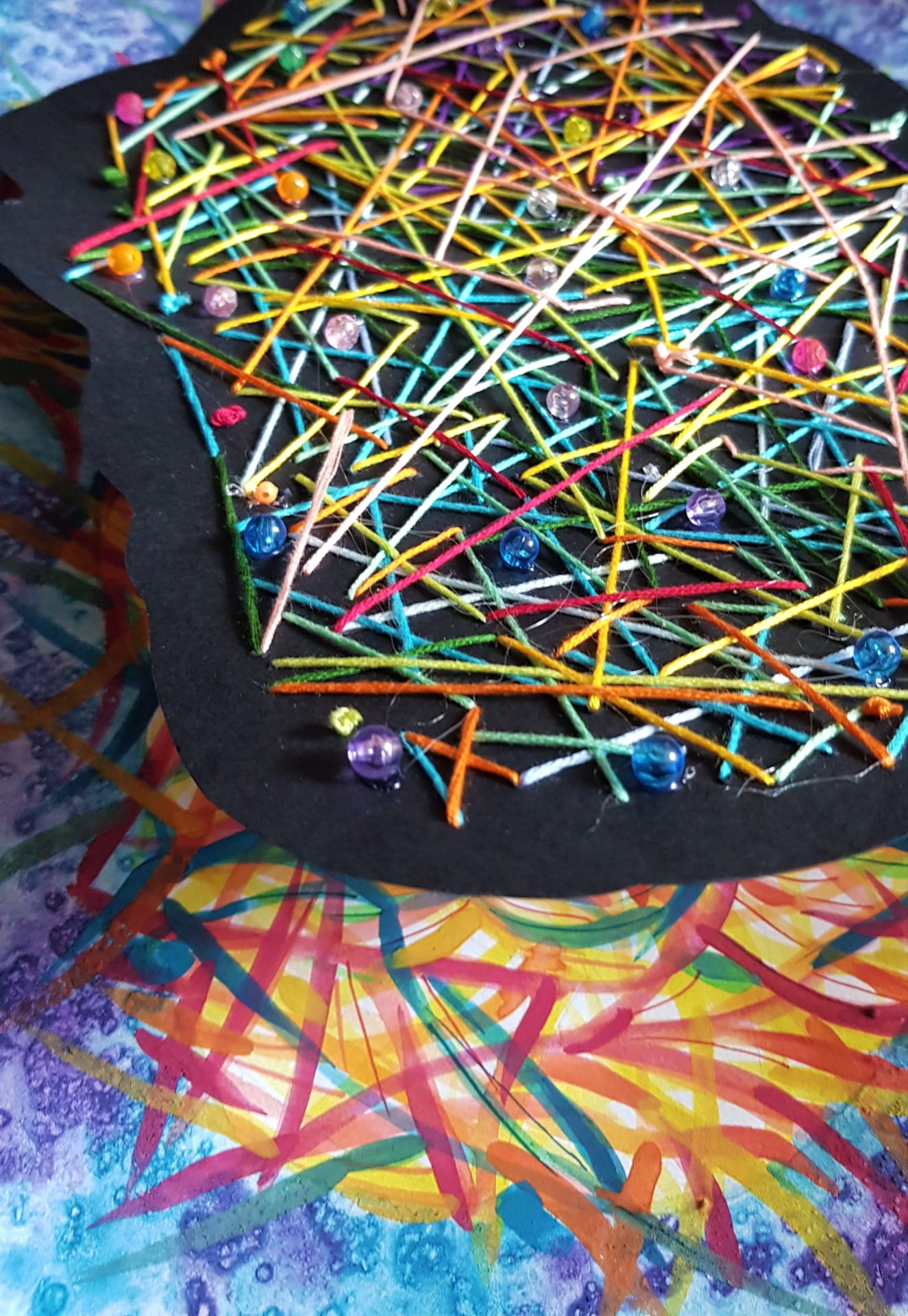
Consequences are steps or rungs that lead us to realizations. We realize what we need to do. We recognize through discernment. At times we don’t need instructions, rather we might just need to order, tidy up or reorder what we know. Imagining possibilities. Seeing and realizing through connections and weaving our threads of knowledge like mycelia filaments that nurture the ground on which we think.
The beauty of imagination that stretches and reaches that captures a feeling, a sound, a substance, or a smell that tells our story and takes us well beyond where we might need to be at a given moment, but circumnavigates the boundaries we set. But this sometimes interferes with time. The tick tock of the clock that chimes efficiency, success, and goals.
All too often I hear, “follow instructions!” How often is this said at school? How often are instructions given and deemed necessary and praiseworthy?
Time and instructions seem to be best friends. They always play together, have playdates, go on holiday together and never lose sight of each other. But even the best of friends might need time away and I feel that children sometimes need time away from instructions. Keep them at a distance in case they are needed and reverting to them if needed. Errors are a way of wonderings and finding the way home as most of the time we do find our way home we just need a little longer that the set time. This wandering or erring is wonderful. It often has pleasing consequences, allowing wakeful dreams, wishes and surprises to light up our infinite pool of possibilities. Like catching butterflies, staring at the sky, reading the stories that clouds write as they move along. Here we look for time…time out, time from and time to… be focused on who we are.
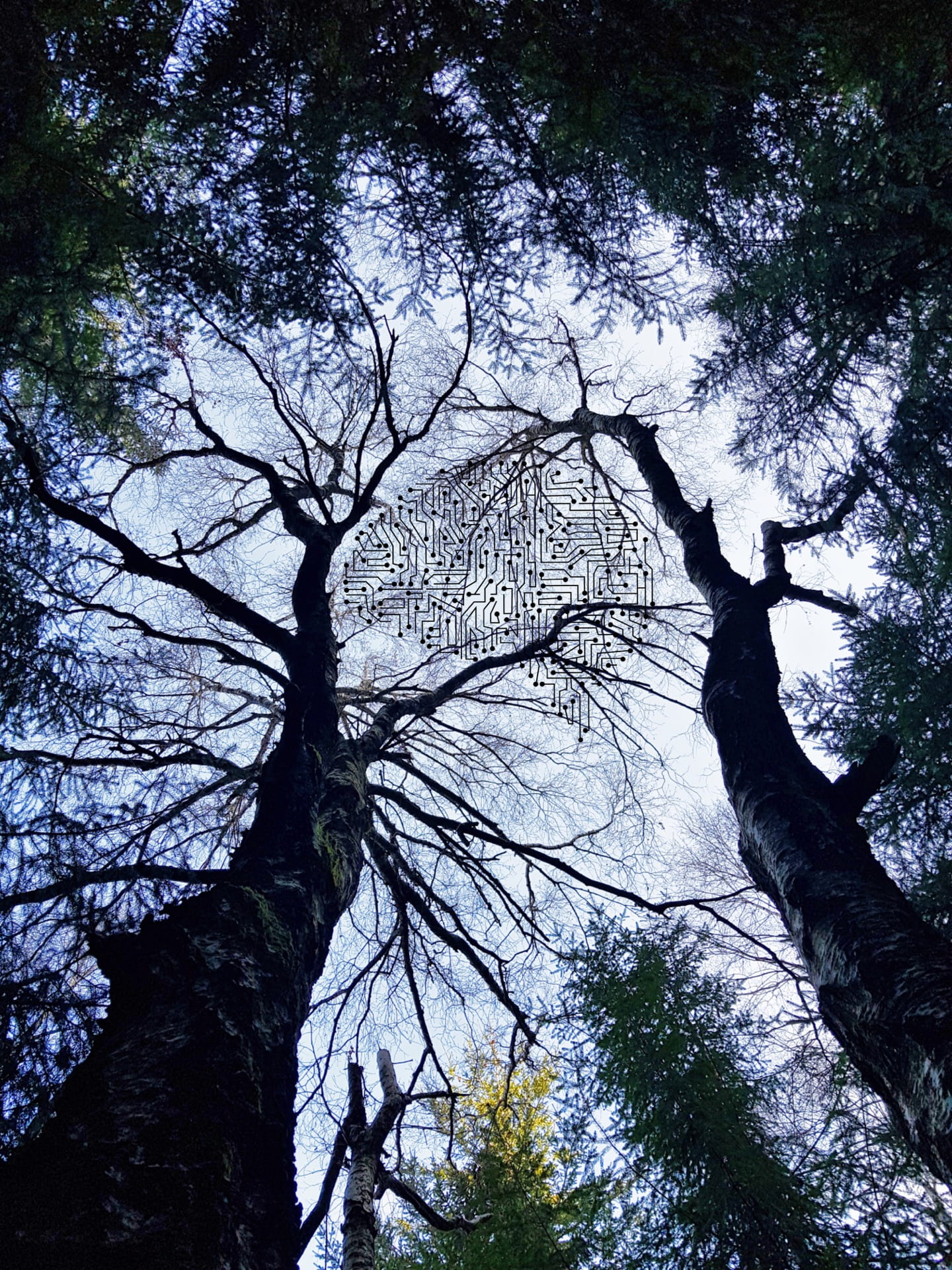
If we were given more time or a different quality of time we would possibly need less instructions. With more time we would harvest and gather more deep knowledge and be more inclined to think. Of course, we wouldn’t be able to touch as many domains as we do with instructions and we would be really slow. We wouldn’t be asking others to help us as much in the short term, but we could be building communities of practice and experience we would be able to be surprised and in awe. We might experience eureka moments of utter joy and reach for the stars, but we would be wasting time and time is as good as gold.
It might be high time we asked children to follow instruction a bit less and let them use their imagination to connect, weave and create the path without so much pressure. A continuum of learning in pursuit of wholeness as individuals that carry the history of mankind. The eternity and infinity that when we are gone we are passing on and not passing away. The magnitude of our learning is our creation of an ever-ending discovery.
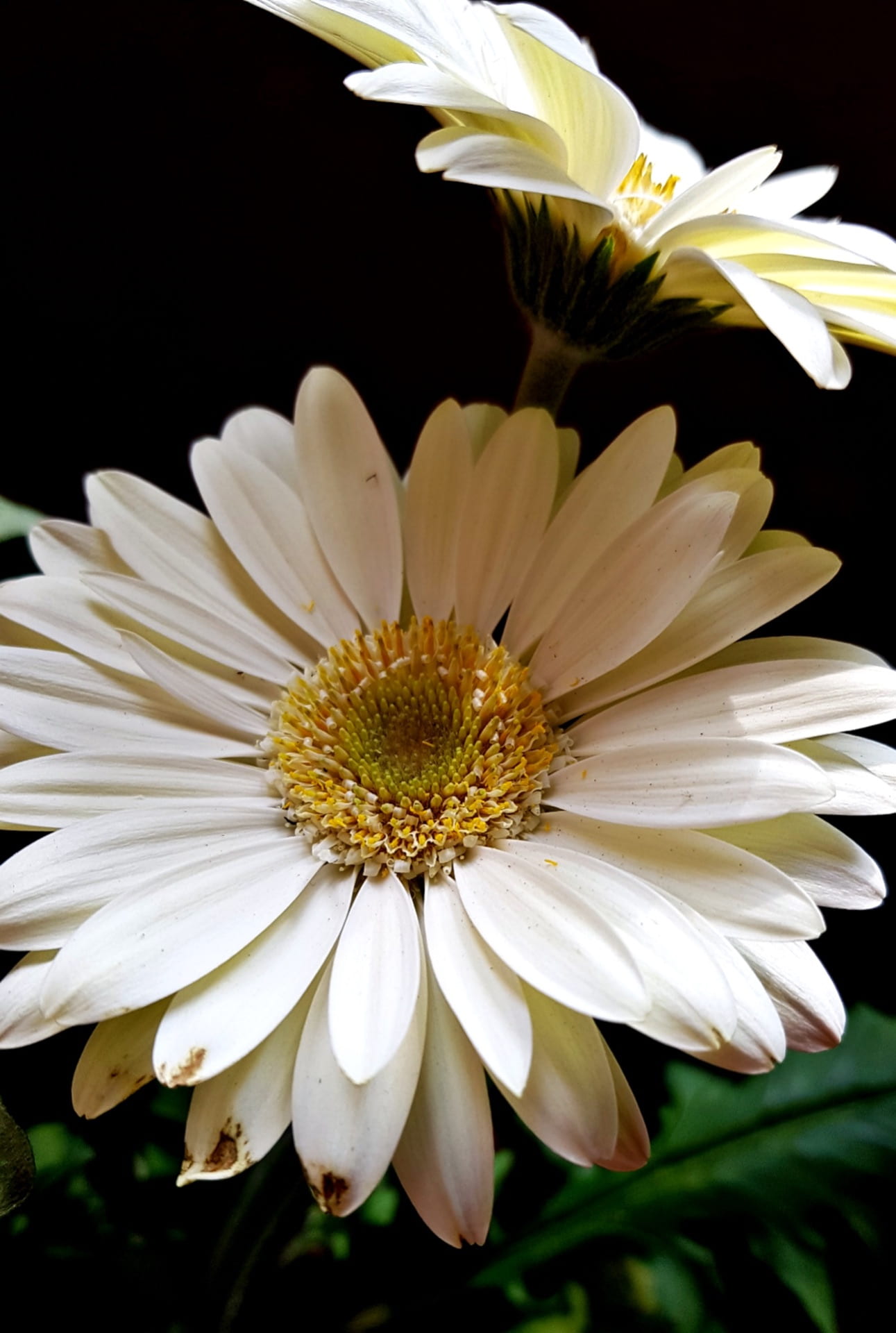
Let’s make time our best friend. Let’s allow instructions to stop destructing our power to get to an answer and let’s allow time to be the best ingredient in constructing learning paths that enable and not disable imagination.
If I can imagine, I know I can. If I follow instructions I know I can listen, read, and comply.
“We carry stores of DNA in our nuclei that may have come in, at one time or another, from the fusion of ancestral cells and the linking of ancestral organisms in symbiosis. Our genomes are catalogues of instructions from all kinds of sources in nature, filed for all kinds of contingencies.” (Thomas, 1975)
Imagination. Instructions not included. Please wander and wonder.
References
Dunham, S., Lee, E. and Persky, A., 2021. The Psychology of Following Instructions and Its Implications.
Etymonline.com. 2021. instruction | Origin and meaning of instruction by Online Etymology Dictionary. [online] Available at: <https://www.etymonline.com/word/instruction> [Accessed 2 April 2021].
Thomas, L., 1975. The Lives of a Cell: Notes of a Biology Watcher Lewis Thomas. The American Biology Teacher, 37(6), pp.378-378.
What is the Think Tank?
 The Think Tank (Warren, 2019) environment is a setting created to celebrate, stimulate, enhance and develop creativity through connections. It is designed by the students and the atelierista/art studio teacher. Initially inspired by Loris Malaguzzi’s educational approach, where the child freely expresses his/her ideas, interests, concepts and theories and sets the ground for exploratory adventures. It has evolved into what the children have described as “the place where your ideas come true.”
The Think Tank (Warren, 2019) environment is a setting created to celebrate, stimulate, enhance and develop creativity through connections. It is designed by the students and the atelierista/art studio teacher. Initially inspired by Loris Malaguzzi’s educational approach, where the child freely expresses his/her ideas, interests, concepts and theories and sets the ground for exploratory adventures. It has evolved into what the children have described as “the place where your ideas come true.”
To find out more, come join Holly B.F. Warren in her journey with students in the Think Tank projects included below…
- The Think Tank Environment
- Light Narratives: A light adventure in the Think Tank Environment
- Ripples: A Journey Through Colour in the Think Tank Environment
- Activities from the “Think Tank” for Primary Children
- Creative and Imaginative Online Adventures in the Think Tank Environment
- The Boundaries of Imagination
- The Pursuit of Imagination
